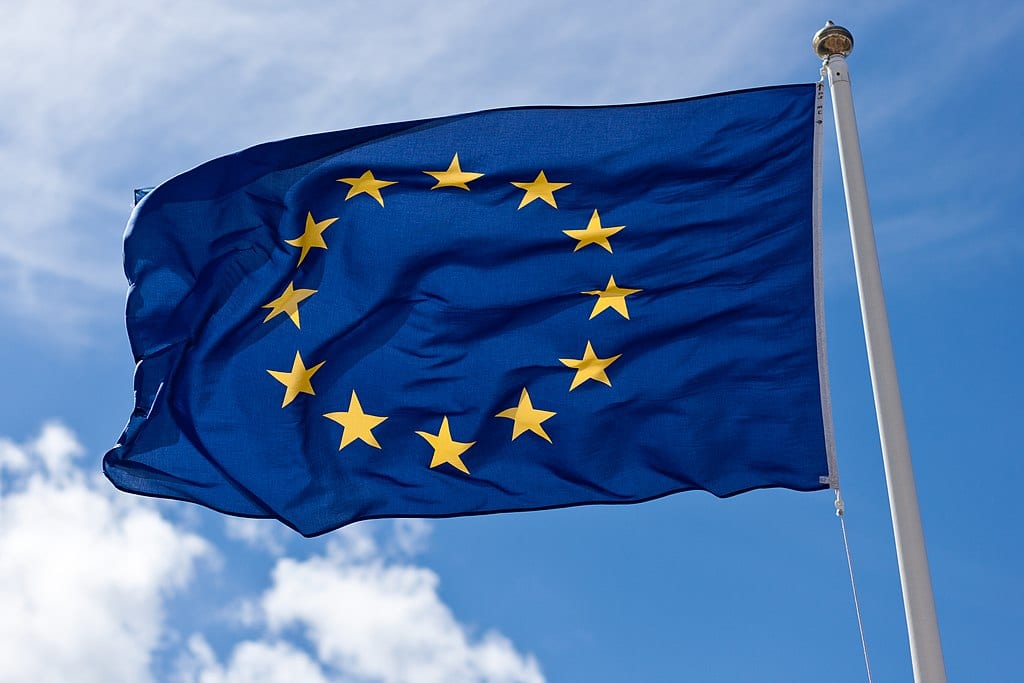
The EU Strategy on Combatting Trafficking in Human Beings
1. Introduction
Trafficking in human beings destroys individuals’ lives by depriving people of their dignity, freedom and fundamental rights. It is often a violent crime committed by organised crime networks. It should have no place in today’s society. Yet, trafficking in human beings is a global phenomenon. It happens in every country and every region. It continues to happen in the European Union, too. According to the latest available data, between 2017 and 2018, there were more than 14 000 registered victims within the European Union.3 The actual number is likely to be significantly higher as many victims remain undetected.4 Nearly half of the victims of trafficking within the European Union are EU nationals and a significant number of them are trafficked within their own Member State. The majority of the victims in the EU are women and girls trafficked for sexual exploitation. Almost every fourth victim of trafficking in the EU is a child.5 The majority of traffickers in the EU are EU citizens and nearly three quarters of perpetrators are men. This crime brings high profits to criminals and carries with it enormous human, social and economic costs. In the EU, the economic cost is estimated to be up to EUR 2.7 billion in a single year
Read full text here.
